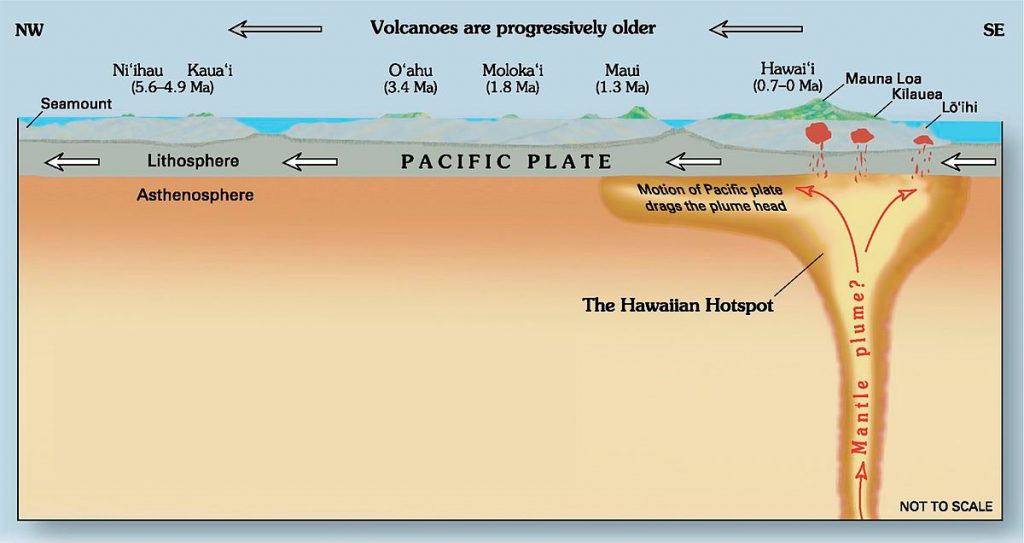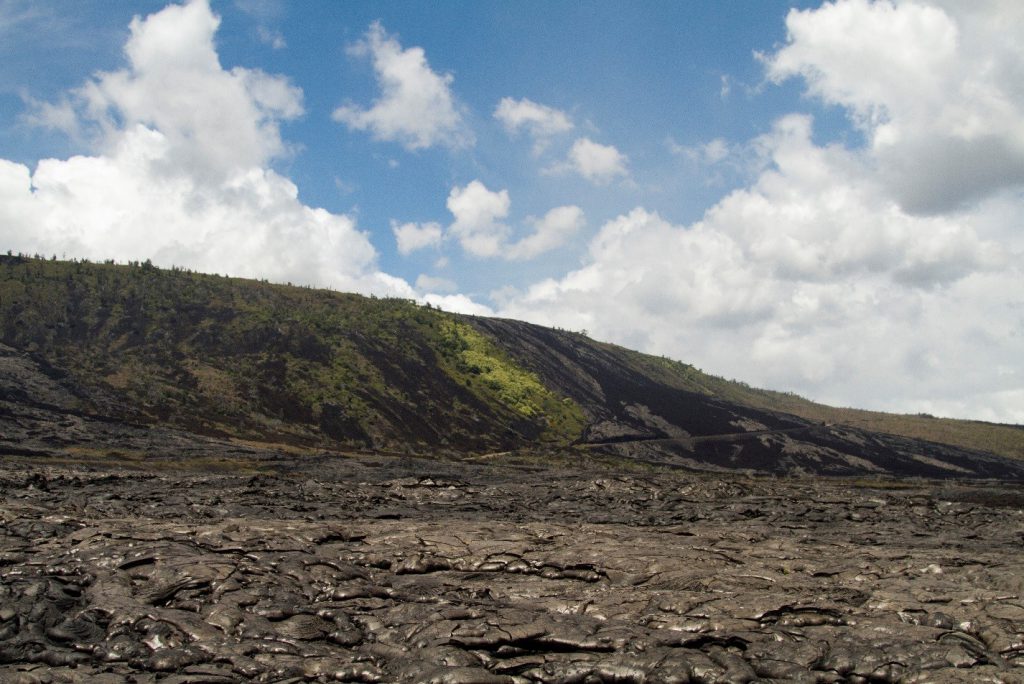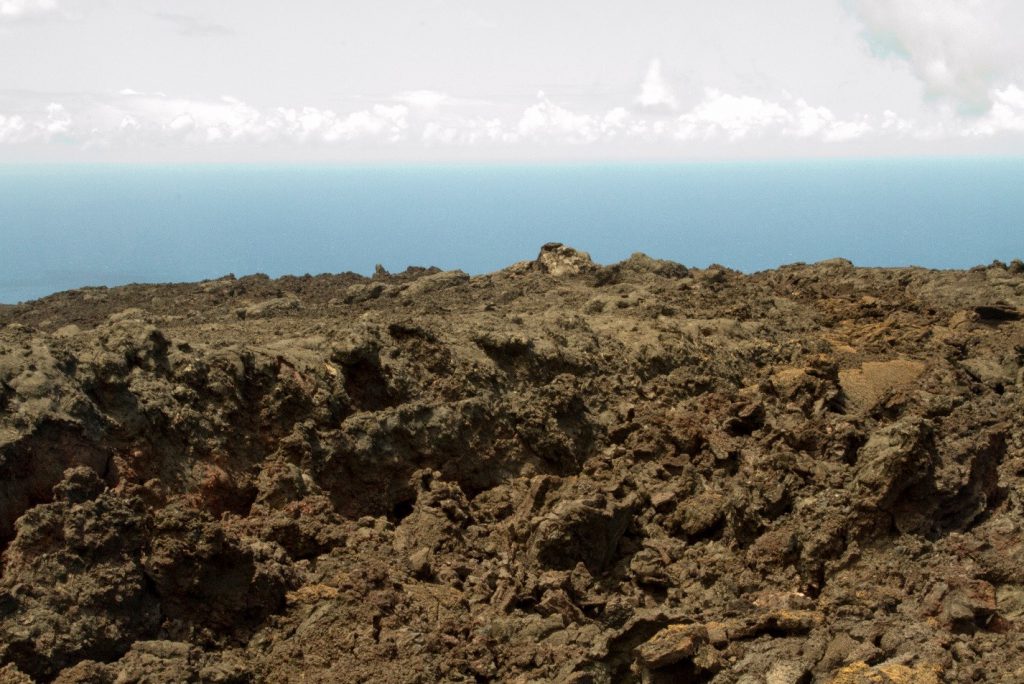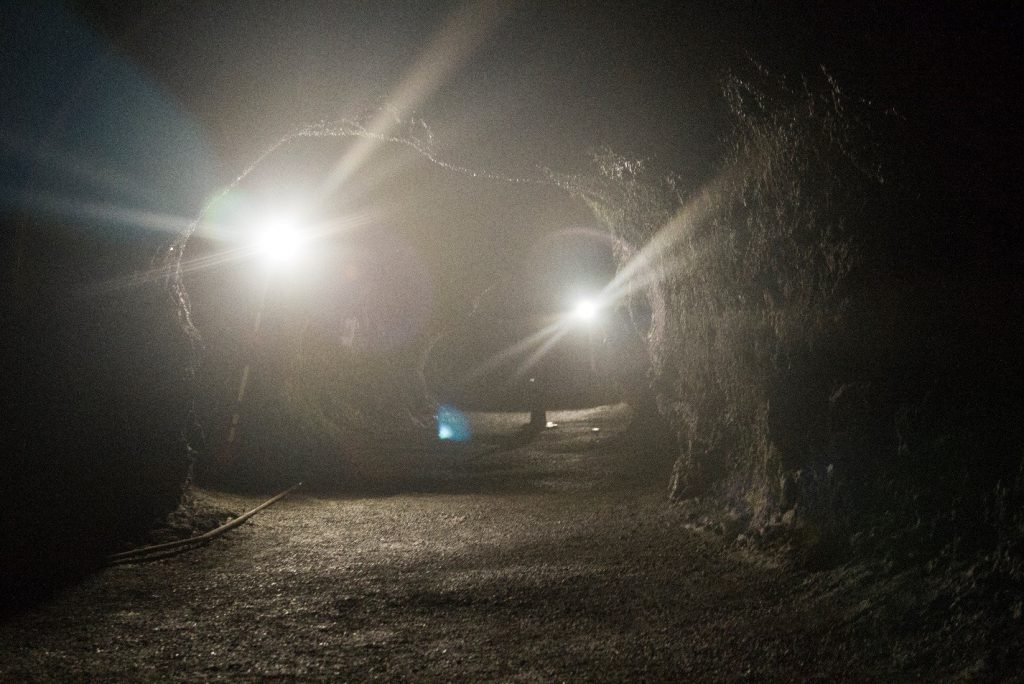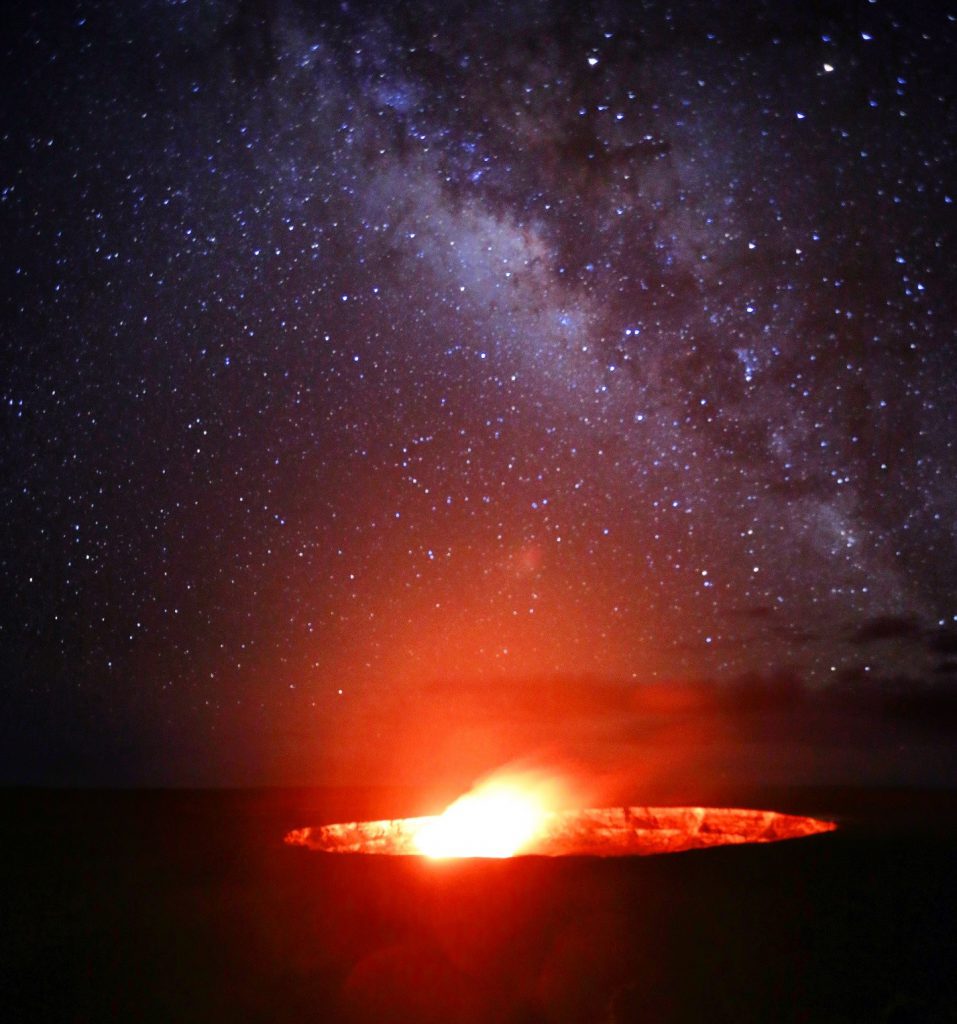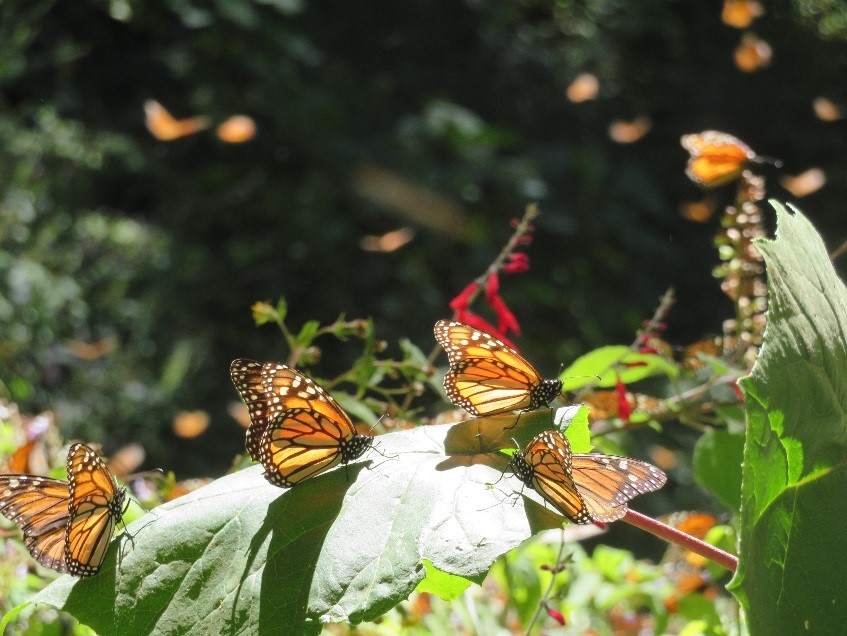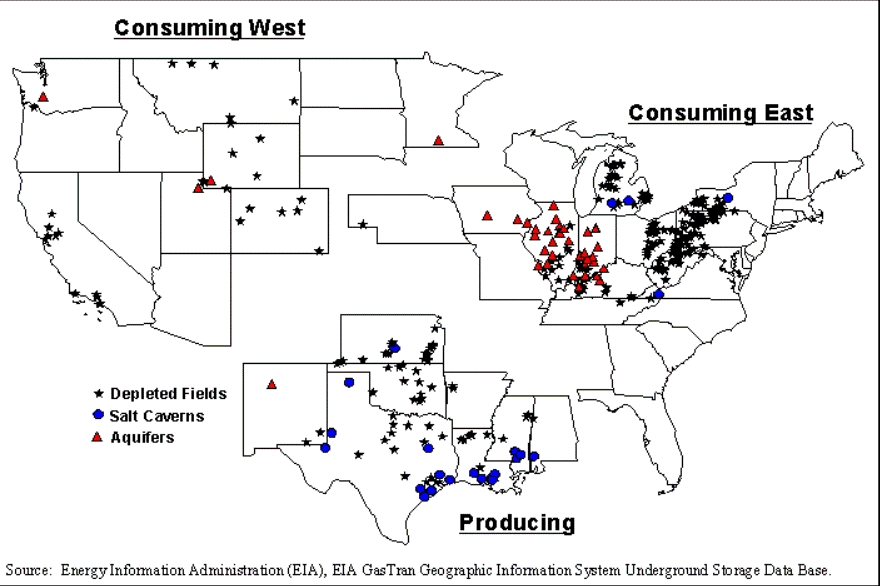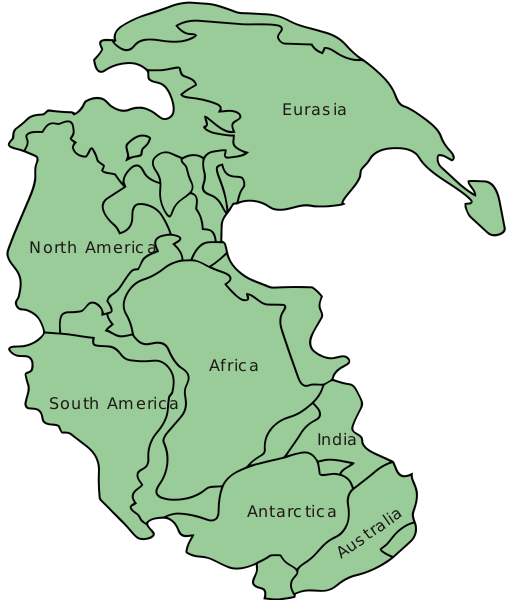The band of Patels from two years ago in the Canadian Rockies is back, and this time, 16 of us visited Hawaii for some rest, relaxation and rocks!
While the pristine beaches and amazing cultural significance of Hawaii attract many tourists to the islands, my family was just as interested in checking off two more National Parks off our list. Hawaii Volcanoes National Park and Haleakala National Park feature the past, present and future of one of the most powerful forces of nature—volcanoes and their eruptions.
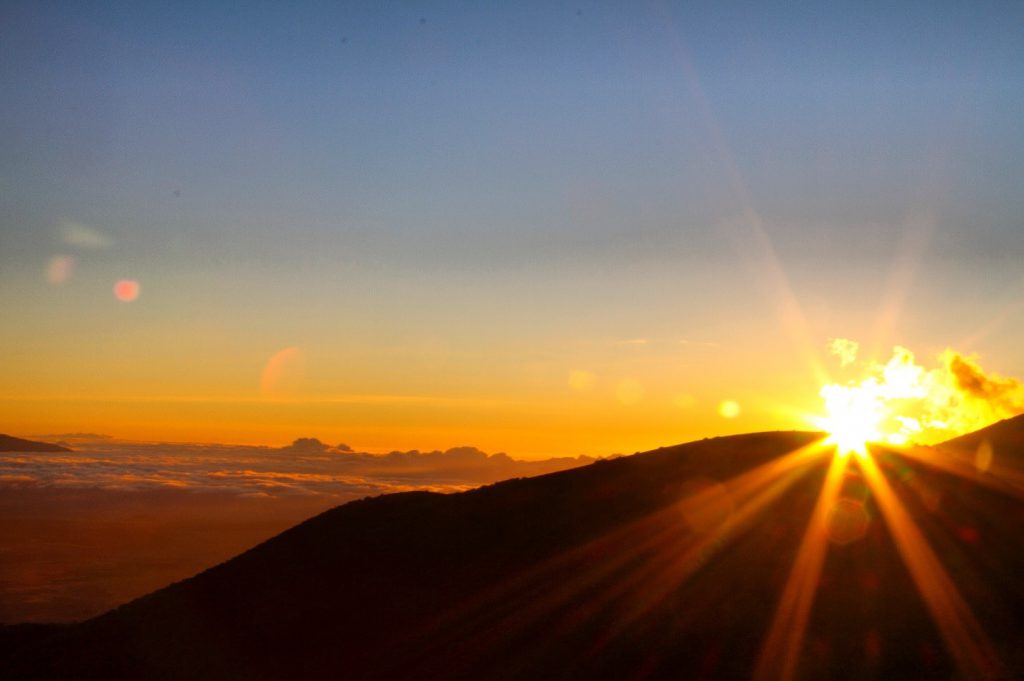
Sunset from Mauna Kea, the highest point in the Hawaiian islands as well as a dormant volcano, on July 14, 2017.
The islands of Hawaii are the result of volcanic activity in the Pacific Ocean. A hot spot in the center of the Pacific Plate has spewed lava into the ocean since the end of the Cretaceous period, forming an archipelago of 132 islands stretching nearly 5,000 kilometers. The Hawaiian hot spot sits still as the Pacific Plate moves west, so as you move northwest from the big island (Hawaii), the islands (and volcanoes) get older.
This hot spot remains active even after all of these years. The Hawaiian Center for Volcanology estimates that there are still at least three active volcanoes in the archipelago, including Kilauea and Mauna Loa in Hawaii Volcanoes National Park on Hawaii and Loihi, which is still underwater.
Hawaii Volcanoes National Park in particular does a great job showcasing the different kinds of lava and even offers the occasional peak at lava to lucky visitors.
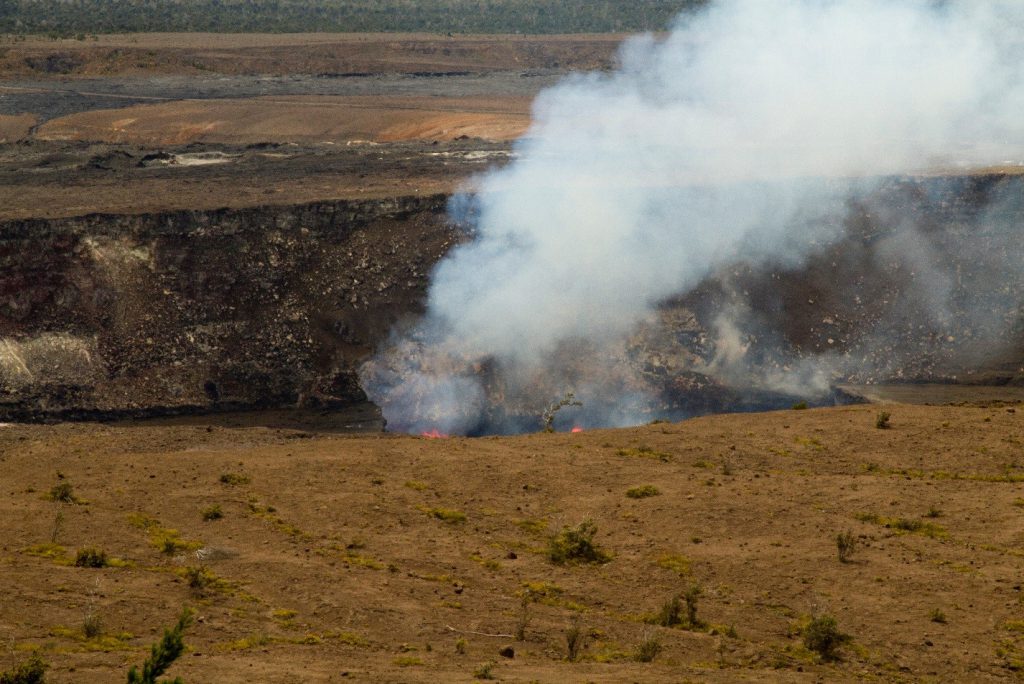
Lava splashes out from the crater of Kilauea on July 17, 2017. The Jaggar Museum in Hawaii Volcanoes National Park has a platform on the outside which offers a great view of the Kilauea Crater and is open 24 hours.
Hawaii’s lavas are basaltic, which means they all feature lots of magnesium and iron. The two major forms of basaltic lava are pahoehoe (pronounced puh-hoy-hoy) and aa (pronounced aah-aah), and both are on display in the park, often adjacent to each other. Pahoehoe is a slow-moving, thick lava flow that leaves behind a smooth surface, whereas aa is lava that essentially erupts and instantly forms jagged rocks. The difference boils down to the rate of flow when exiting the volcano; pahoehoe flows slowly while aa flows quickly.
One of the most interesting geologic features we saw was a lava tube, essentially a long cave formed by a lava flow. If the lava flow itself is slow moving, the top can harden as the bottom continues to flow, leaving behind a cave as the lava cools.
Needless to say, Hawaii is a must-visit for any geologist or earth science nerd like me. In addition, the night sky is unlike anything I’ve ever seen.
To see more photos of my trip to Hawaii, click here, and be sure to check out some black sand I brought back from Punaluu (a black sand beach on the big island) in the HMNS at Sugar Land microscope lab!


